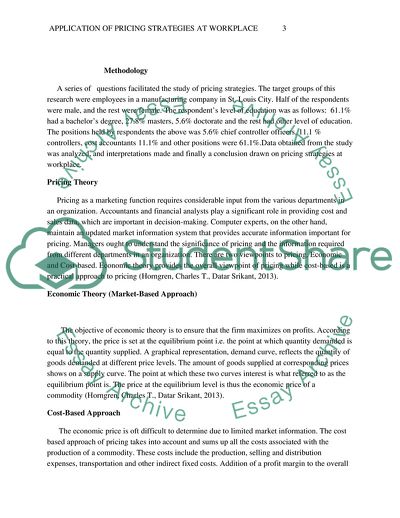The application of Pricing Strategies in the workplace Term Paper. https://studentshare.org/finance-accounting/1820450-the-application-of-pricing-strategies-in-the-workplace
The Application of Pricing Strategies in the Workplace Term Paper. https://studentshare.org/finance-accounting/1820450-the-application-of-pricing-strategies-in-the-workplace.


